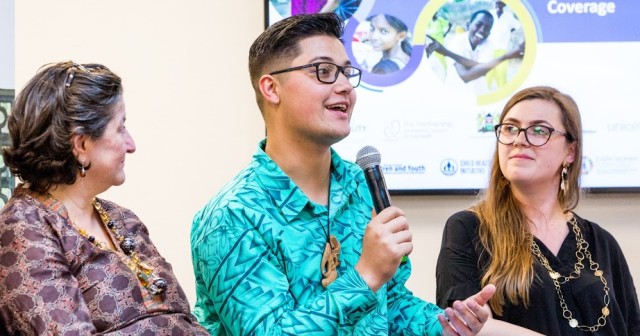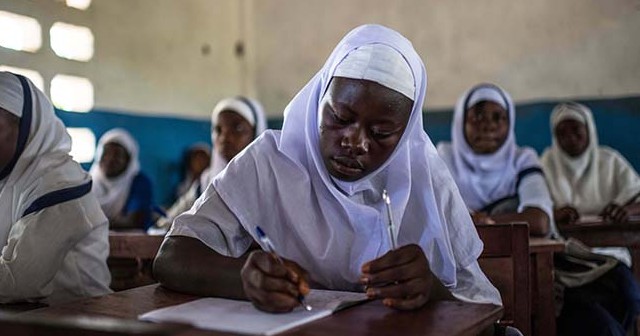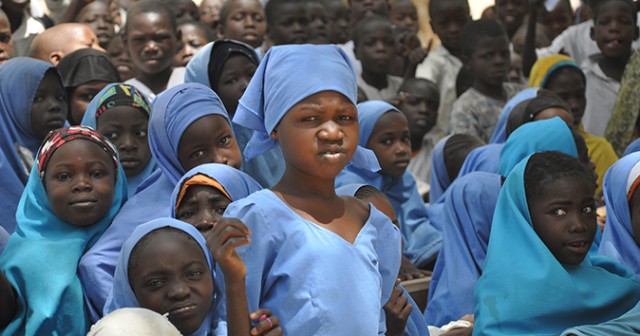World Refugee Day what education in emergencies means for girls
World Refugee Day: what education in emergencies means for girls
Education is a lifeline for girls in crises – but millions are being left out and left behind.
Today, the UN Refugee Agency published their Global Trends report for 2018 to mark World Refugee Day.
It reveals that the number of people forcibly displaced around the world has reached a record 70.8 million.
The changing nature of crises now means that one in five have been in displacement situations that have lasted 20 years or more.
This the largest displacement of people in human history, as people flee war, persecution, climate change and environmental degradation. And of these 70.8 million people, more than half are girls and women.
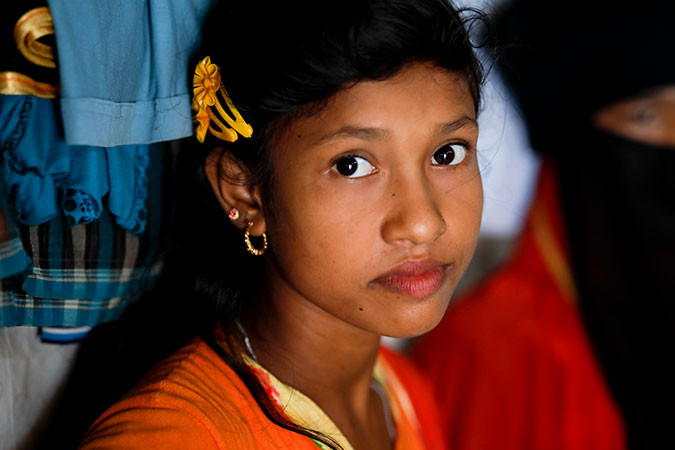
Other key findings from the report include:
- on average there were 37,000 new displacements every day in 2018
- an estimated 13.6million people were newly displaced in 2018
- altogether more than two thirds of all refugees worldwide came from just five countries: Syrian Arab Republic (6.7 million), Afghanistan (2.7 million), South Sudan (2.3 million), Myanmar (1.1 million) and Somalia (0.9 million).
A lifeline for girls growing up in crisis
In 2018, every second refugee was a child. It is in this context that the world needs to focus more than ever on delivering a quality education in emergencies to every child.
Due to their age and gender, adolescent girls are particularly vulnerable to missing out on an education. They’re more likely to be married before the age of 18 than to finish school. They’re at risk of exploitation, gender-based violence and early pregnancy. And there’s a two in three chance they won’t even start secondary school.
For girls affected by crisis, education is a lifeline.
This World Refugee Day, we launched our new report: Left Out, Left Behind: Adolescent Girls Secondary Education in Crises. It shows that:
- there are 39 million girls who have had their education disrupted as a direct result of humanitarian crisis
- of these girls, 13 million have been forced out of school completely
- at current rates of progress, it will be a further 150 years before global goal 4 on education is reached
- by 2030, 1 in 5 girls in crisis-affected countries still won’t be able to read a simple sentence.
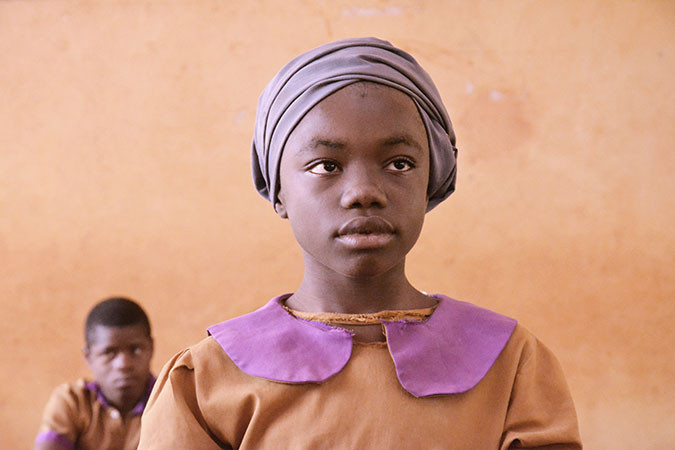
World leaders are starting to listen. In 2016, the Education Cannot Wait fund, which delivers life-changing education for girls and boys living in humanitarian crises, was established and continues to receive strong support, including from the UK Government.
But, as the findings of our report show, it’s time for governments and the international community to take much bolder action to deliver on their SDG commitments.
That’s why we’re calling on the UK Government to build on its leadership to date, including by increasing support for the Education Cannot Wait fund to £75 million over three years.
Right now, millions of girls are being left behind, and without action, their chance for an education may be lost forever.
Latest stories for you
Really reaching the most marginalised?
Baroness Goudie on the role of research in understanding the realities of girls' lives.
Adolescents: the missing population in universal health coverage
Adolescents’ needs must be included if we’re to achieve health and wellbeing for all.
Why adolescent girls in crises must be a priority to unlock education for all
The unique challenges faced by girls must be overcome to achieve the SDG on education.
Beyond Brexit
We ask: what could a post-Brexit ‘global Britain’ look like?
Show more

